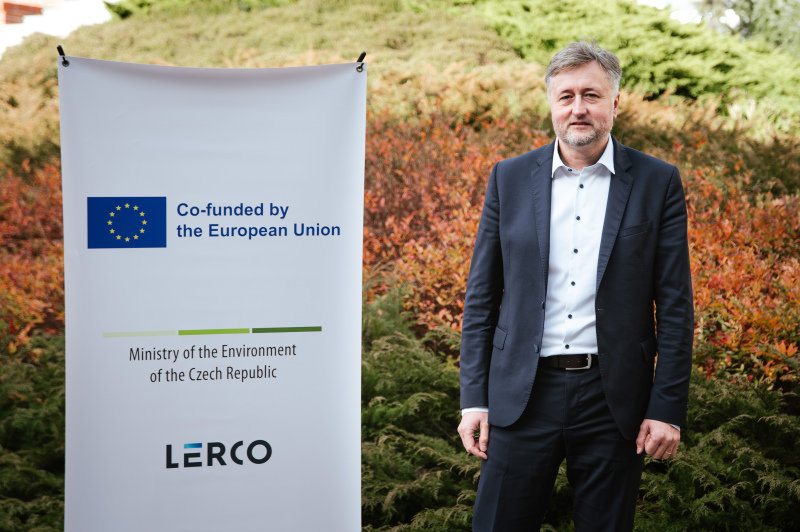
4HAIE - PA and Health
The research programme website with detailed information is at https://haie-lerco.cz/
The research program consists of 2 main activities.
The LERCO part RP4 builds on the successful projects: UNIREG (new study programmes aimed at promoting active lifestyles), HAIE Programme 4 (established cohort study on the links between physical activity, health and the external environment in an industrial region) and Sport, Health and Technology (facilities for Masters programmes and the necessary technologies). The long-term strategic goal of the department implementing these projects is to create a system of support for active lifestyles in the Czech Republic, based on research evidence and anchored in Czech legislation. The HAIE project has produced research studies, mainly of a cross-sectional nature, which suggest the potential of physical activity to achieve health benefits for the population in the MSK, and the LERCO project's follow-up measurements may reveal causal links that will inform recommendations for the newly established Active Lifestyle Counselling Centre within the spin-off. This will help tailor services to the center's clients. This spin-off should potentially create new jobs and establish the first well-functioning model of working with a population in an industrial region to harness the health and well-being benefits of an active lifestyle for its clients. The University of Ostrava will bring to the spin-off the experience and knowledge gained from the above-mentioned projects. In addition, there will be the potential to enter into licensing agreements for mobile applications that will be developed within the LERCO project. The whole project should result in the joint submission of the Europe project, the aim of which will be, together with partners from European countries, to form a network of intervention studies aimed at verifying the functioning of active lifestyle support clinics in the population and linking the network of these clinics to the output recommendations of preventive examinations by general practitioners.
Key activity 1 4HAIE – PA and Health
The goal of the 4HAIE PA and Health research programme of the LERCO project is to investigate the impact of physical (in)activity on health, quality of life and ageing in a population of people living in an industrial region. Specifically, we would like to fulfil this general objective through a second wave of measurements on a 4HAIE based cohort of 1314 people. Comprehensive prospective research will be conducted to study the causes and consequences of (in)-activity, air pollution and other psychological, biomechanical, physiological, somatic and genetic variables on the health, quality of life and well-being of the 4HAIE cohort.
The activity will be implemented in sub-phases with defined objectives, expected likely outputs, benefits and lessons learned:
- Follow-up of the 4HAIE cohort after 5-7 years (Moravian-Silesian Region and South Bohemia Region) with the aim to obtain data from up to 70% of the first wave probands.
- Upgrade of instrumentation in laboratories
- Laboratory measurements
- measurements in the Biomechanics and Imaging Methods (MRI) laboratory
- measurements in the Physiology and Anthropology Laboratory
- measurements in the Functional anthropology laboratory
- measurements in the Behavioural and Cognitive Laboratory
- monitoring of physical activity and behaviour
- Data analysis
- Publications and intellectual property protection
- Application of research results
- algorithms for automatic detection of knee cartilage/cruciate ligament/Achilles tendon from MRI; methods and procedures for working with different groups of physically inactive people in counselling rooms
- development of smartphone/SW apps for MRI
- licensing - transfer of know-how (algorithms; new methods)
- cooperation with companies
- setting up spin-offs
Key activity 2 New academic programme
A new habilitation programme in Human movement sciences will be accredited.
The activity will be implemented in phases with defined objectives, expected likely outcomes, benefits and findings:
- Habilitation procedure in Human movement sciences.
- Preparation of the accreditation dossier
- Submission of the accreditation dossier and settlement of objections
- Setting up the faculty habilitation process
- Collaboration with other PIs and collaborating entities
Cooperation with other RPs and cooperating entities
Because of the very strong interdisciplinary links, the VP4 research team will also collaborate with other research teams on some sub-activities.







